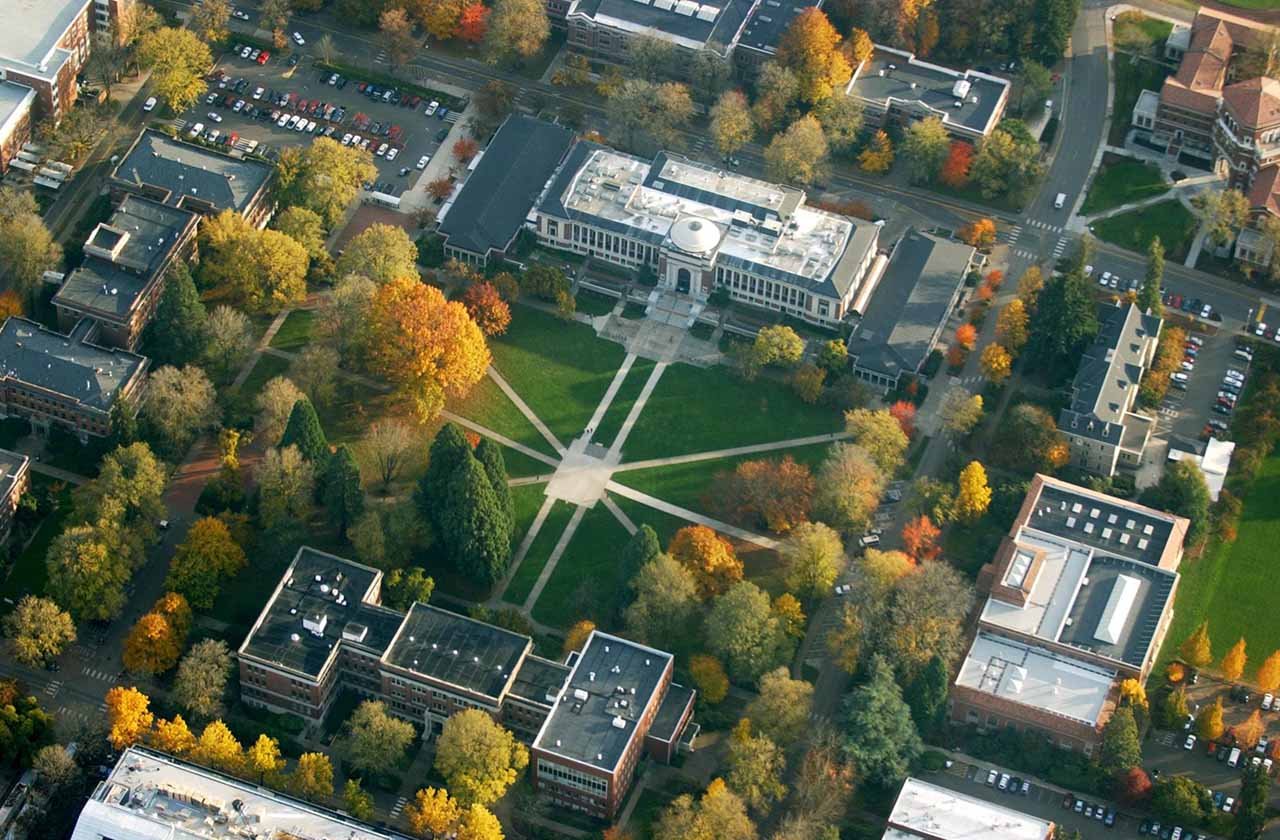Oregon State University Tops $400 Million in Research as It Transforms Energy, AI, and Coastal Safety

Oregon State University (OSU) continues to improve lives in meaningful ways with innovative and far-reaching projects, exceeding $400 million in research expenditure for the second consecutive year.
Research projects during the 2025 fiscal year included converting carbon dioxide into an energy source; inventing a computer chip to make AI more energy-efficient, introducing therapeutic nanoparticles to treat neurological disorders, and safeguarding coastal communities from storms.
Far-Reaching Research into Multiple Projects Has Been Achieved Despite a Cutback in Federal Funding
OSU President Jayathi Murthy says all of this has been achieved despite federal funding cutbacks, on which the university relies heavily.
Against this backdrop, OSU advanced knowledge in areas such as energy solutions, precision medicine, environmental resilience, robotics, and artificial intelligence.
In its annual report, the OSU Division of Research and Innovation shows expenditure of $417 million for research projects. OSU received $343.6 million, of which $294.7 million was awards from federal agencies, down from $370 million the previous year.
OSU Makes an Annual Economic Impact of Nearly $800 Million
With an annual economic impact of nearly $800 million, OSU has been instrumental in driving the microfluidics industry, growing a semiconductor ecosystem, and supporting Oregon’s vital timber economy.
Another exciting milestone was the completion of the construction of a new PacWave facility, the first-ever U.S. grid-connected wave energy test site. The facility enables energy companies to test wave energy converters, which are linked by underwater sea bed cables to a shore-based power facility.
At present, the new Jen-Hsun Huang and Lori Mills Huang Collaborative Innovation Complex is scheduled to open next year.
The three-story, 143,000 square-foot structure is funded by $50 million gifts from an alumni couple, Jen-Hsun and Lori Mills Huang, and the Wayne and Gladys Valley Foundation.
The building will house a powerful supercomputer, while the team-based trans-disciplinary research and teaching will focus on AI, resilient communities, clean water, robotics, and intelligent systems.
As one of only three land, sea, space, and sun grant universities in the nation, OSU has campuses in Corvallis, Bend, a marine research center in Newport, and an award-winning E-campus in Portland.
